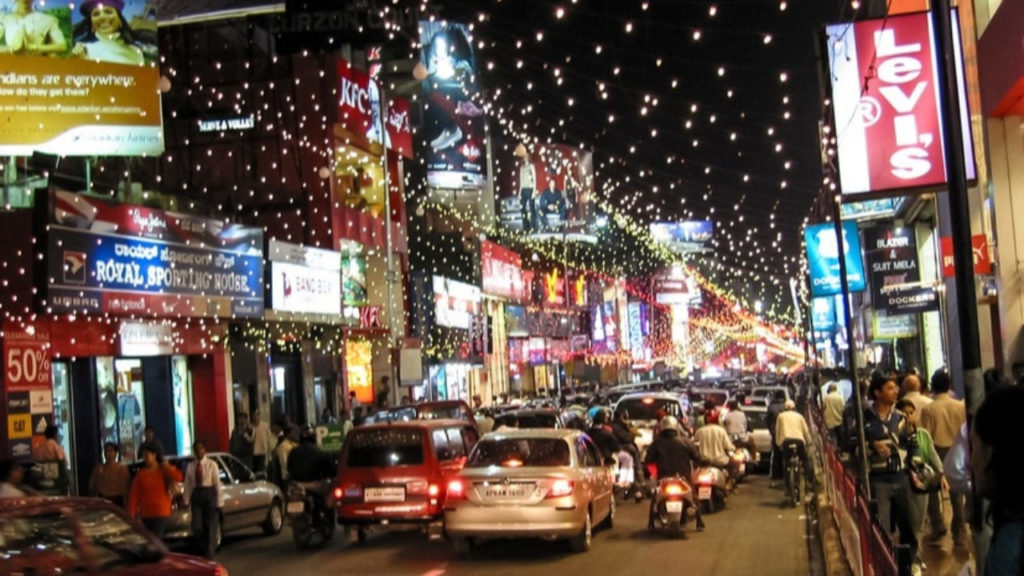Bengaluru has once again claimed the unenviable title of India’s most congested city, according to the latest Traffic Quality Index (TQI). The city’s infamous traffic continues to be a major concern for residents and city planners alike.

Understanding the Traffic Quality Index
The TQI provides a comprehensive assessment of traffic conditions across Indian cities. Bengaluru scored alarmingly high in the “extreme congestion” category, which ranges from 800 to 1,000 points.
Ranking of Major Indian Cities
- Bengaluru: Highest congestion score
- Mumbai: 787 points
- Delhi: 747 points
- Hyderabad: 718 points
These findings were presented at the Mobility Symposium, hosted by Move In Sync, a provider of employee commute solutions.
A Ray of Hope: Silk Board Junction Improvement
Despite the overall grim picture, there’s some good news. The recently opened double-decker flyover at Silk Board Junction has significantly reduced traffic congestion in one of Bengaluru’s most notorious bottlenecks.
Key improvements:
- 50% reduction in traffic jams
- Daily congestion alerts dropped from 24 to 15
- Average traffic queue length reduced from 19 km to 10 km
Embracing Technology: AI-Powered Traffic Management
Bengaluru police are leveraging artificial intelligence to combat traffic violations. The upgraded AI-based camera system now monitors 13 different types of offenses, automatically issuing fines to violators.
New violations detected:
- Illegal number plates
- Wrong-side driving
- Overloading of goods vehicles
- Damaged or broken mirrors
- Illegal parking
The Road Ahead: Balancing Growth and Infrastructure
As Bengaluru continues to grow as a major tech hub, the city faces the challenge of balancing rapid development with infrastructure needs. The ongoing efforts to improve traffic management and expand public transportation will be crucial in addressing the congestion issues.
Conclusion
While Bengaluru’s traffic congestion remains a significant challenge, the city is taking steps in the right direction. The combination of infrastructure improvements and technological solutions offers hope for a more manageable urban transport system in the future.













